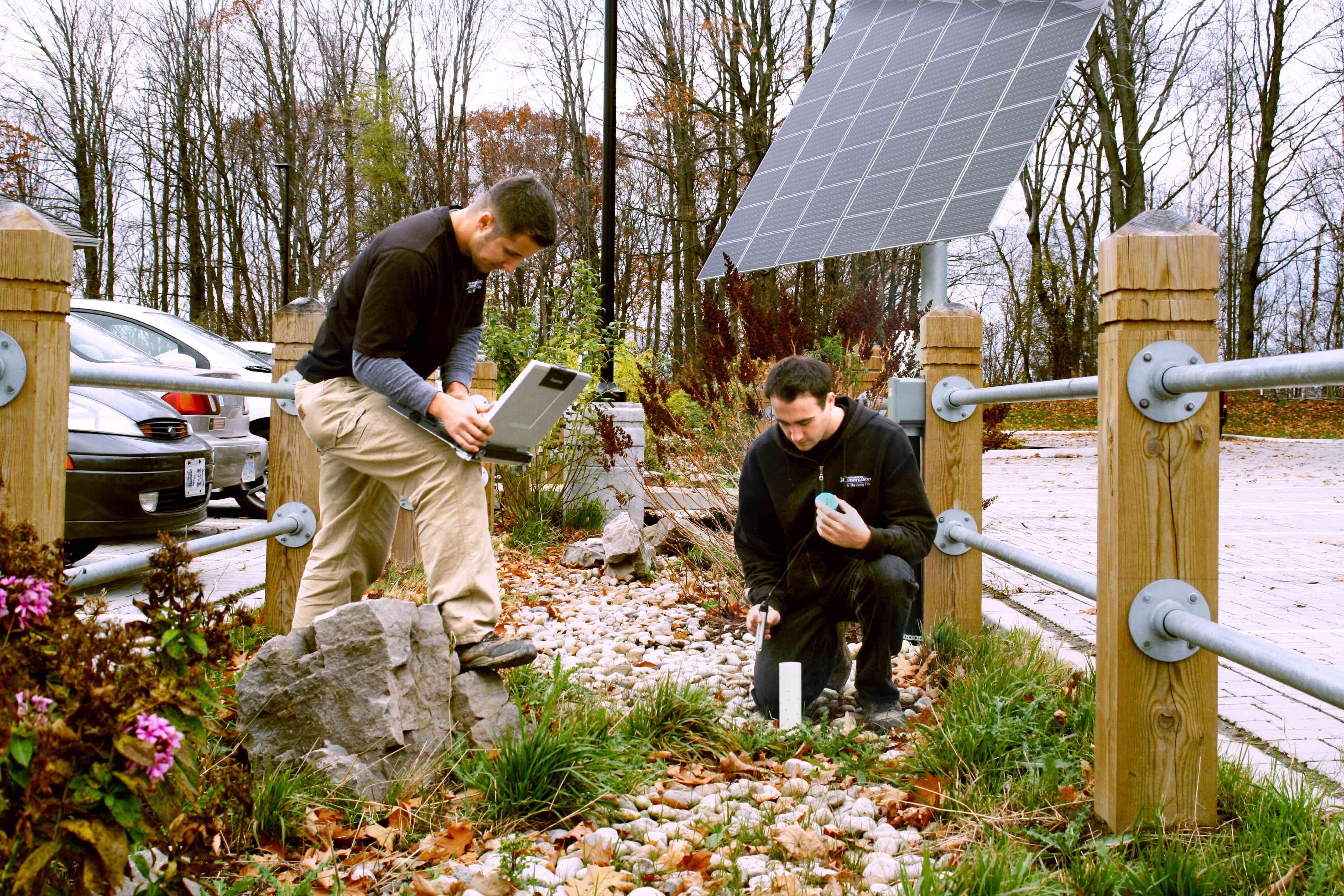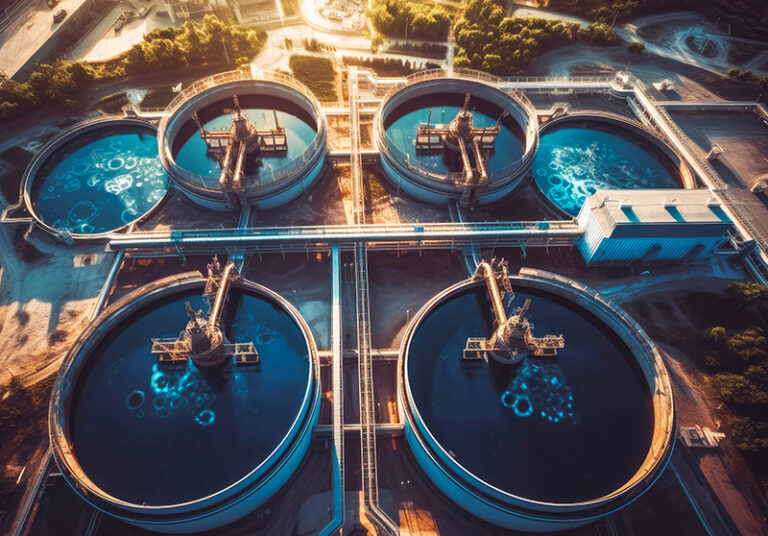Maintenance of infrastructure is not an exciting topic of conversation. We prefer things that are new and innovative. Stormwater management technologies are no exception. We build the infrastructure with enthusiasm, but pay little attention to their future upkeep. This is true of the last generation of stormwater technologies, and it could well be true of the next generation if more emphasis is not placed on adequate maintenance of the assets.
In Ontario, ponds that sustain a permanent pool of water, referred to as wet ponds, began to be the standard stormwater treatment option for new developments in the early 1990s. In the Greater Toronto Area, there are now over 1,000 wet ponds of various sizes and ages that help to treat and control stormwater runoff prior to release into streams and rivers. Many of these are past their best before date and are in dire need of maintenance.
In 2010, Lake Simcoe Region Conservation Authority measured sediment depths in 98 ponds across their jurisdiction. Results showed that 54 of the monitored ponds needed to be maintained, and 12 were so full that they could no longer be classified as water quality treatment facilities.
Cost is arguably the most important reason for delaying maintenance. A typical cost for cleaning out a stormwater pond is between $250,000 and $550,000, but costs can exceed one million dollars if complications arise. With this high price tag and many competing priorities, it is all too tempting for municipalities to put off stormwater maintenance for another day.
Oil grit separators have suffered a similar fate. OGS are designed to trap sediment, oil, grease and other floatables in runoff. They are typically installed underground as flow-through devices in the storm sewer network. Although there is no formal tracking of the location and ownership of units, the industry estimates that there are roughly 16,000 units installed in Ontario, with roughly 1000 new units going in each year. Sediment trapped in the units usually needs to be removed at least once a year to ensure its continued function. Best estimates from manufacturer databases indicate that only about one quarter have been inspected, and even fewer have been cleaned out.
That translates into a lot of stormwater infrastructure out there that is no longer performing the way it should. This is certainly cause for concern as the stormwater management industry evolves toward less reliance on centralized end-of-pipe facilities and greater use of decentralized micro-controls, referred to as Low Impact Development (LID). These LID controls may include permeable pavements, vegetated bioretention, and infiltration trenches that are designed to enhance natural processes of infiltration, evapotranspiration, and filtration that are lost through urbanization.
LIDs present a maintenance challenge because there are lots of them. This requires stormwater infrastructure managers to know where they are and keep detailed records of inspection and servicing activities. Since they are also installed on private property, municipalities need enforcement tools and other mechanisms to ensure practices are not removed and remain in good working order. How existing bylaws and agreements may be used for this purpose and the need for new regulatory tools is a topic of ongoing debate by municipalities.
The Toronto and Region Conservation Authority recently completed two comprehensive inspection and maintenance guides. The guides are designed to aid managers of stormwater infrastructure develop and implement effective stormwater best practice inspection and maintenance plans and asset management programs. The guides are available at www.sustainabletechnologies.ca.









